Mélanie Hélène Bonis (1858-1937)
Femmes de légende
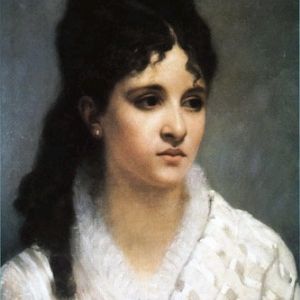
Mélanie Bonis was a French pianist, organist and composer. She studied with César Franck at the Paris Conservatory. Her catalog of compositions includes over 300 works, many of which were published in her lifetime, in genres including chamber music, choral music, songs, orchestral music, and over 150 works for piano. Bonis frequently published under the androgynous name “Mel Bonis.” Femmes de légende was the title chosen by music publisher Furore for their first volume of Bonis’s piano complete works. The volume was published in 2003, and it contains seven piano pieces by Bonis. Bonis did not intend these pieces to form a cycle or a set, though she did name each after a “legendary woman.”
Samuel Coleridge-Taylor (1878-1912)
Suite de pièces for Violin and Piano or Organ, Op. 3
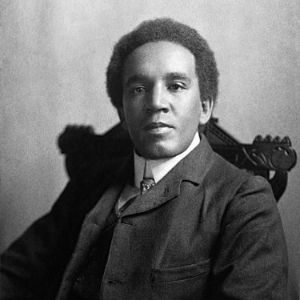
Samuel Coleridge-Taylor was a biracial British composer and choral conductor. Coleridge-Taylor studied violin and composition at the Royal College of Music: he studied composition with Charles Villiers Stanford, and his career was encouraged by Edward Elgar. Coleridge-Taylor’s music achieved popularity in Victorian England, especially his cantata on poetry by Henry Wadsworth Longfellow, Hiawatha’s Wedding Feast (1891). Coleridge-Taylor made three visits to the United States, where he collaborated with African-American classical musicians and worked to expand their opportunities. His influence among Black musicians continued long after his death; for example, the American composer Coleridge-Taylor Perkinson was named after him.
José Ramón Gomis (1856-1939)
Alma de España: Jota
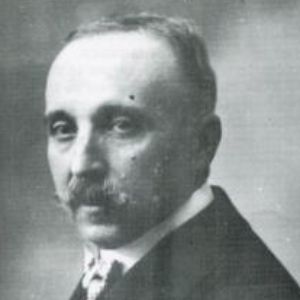
José Maria Ramón Gomis was a Spanish composer, organist, teacher and music critic. He was born in Novelda, Spain, and studied at the Madrid Royal Conservatory. His career was based in Madrid, where he worked as a singing teacher, organist, and choir director, and as a music critic for the publication El Siglo Futuro. The carol A la nanita nana is usually attributed to him: he published this carol as a composition for voice and piano in 1904. Gomis’ Alma de España (Soul of Spain) is a jota, a Spanish folk dance, scored for piano duet. It was first published between 1912-1940.
Coleridge-Taylor Perkinson (1932-2004)
Sonata for Flute and Piano
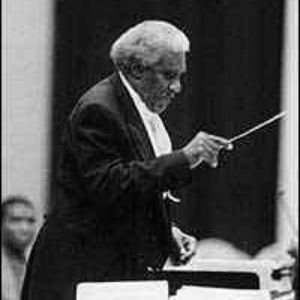
Coleridge-Taylor Perkinson was an African-American composer and conductor. Perkinson’s conducting career included positions as co-founder and director of the Symphony of the New World, and as music director of Jerome Robbins’ American Theater Lab and Alvin Ailey’s American Dance Theater. He also promoted performances of new music as Coordinator of Performance Activities at the Center for Black Music at Columbia College Chicago. Equally at home with neo-Baroque style, Romanticism, and jazz, Perkinson’s catalogue includes ballets, film scores, vocal works, and chamber music.
Undine Smith Moore (1904-1989)
Choral Works

Undine Smith Moore has been called the “Dean of Black Women Composers.” Educated at Fisk University and Columbia University, Dr. Moore served on the music faculty of Virginia State University from 1927-1989. Moore was one of the founders and directors of Virgina State’s Black Music Center. As a composer, Moore is particularly celebrated for her sacred choral music, which draws on African-American spirituals and the hymn traditions of the American South. Her oratorio Scenes from the Life of a Martyr (1978), on the life of Martin Luther King, Jr., was nominated for a Pulitzer Prize.
Barbara Strozzi (1619-1677)
Che si può fare, Op. 8, No. 6
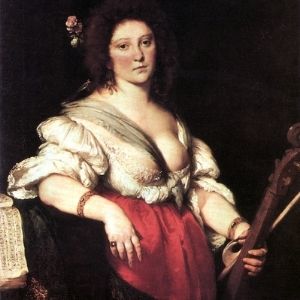
Barbara Strozzi was a Venetian Baroque singer and composer. She was associated with one of Venice’s arts academies (organizations for performance and discussion of the arts), the Accademia degli Incogniti, in which her adoptive father Giulio Strozzi promoted her singing career. As a composer, Strozzi wrote primarily for her own vocal performances, in the expressive seconda prattica style that was popular among the academies of Venice. She published eight volumes of music over the course of her career. Che si può fare (“What Can You Do?”) is an Italian aria for soprano voice and continuo from Strozzi’s Opus 8, Arie a voce sola (Arias for Solo Voice), a set of cantatas and arias published in Venice in 1664.





